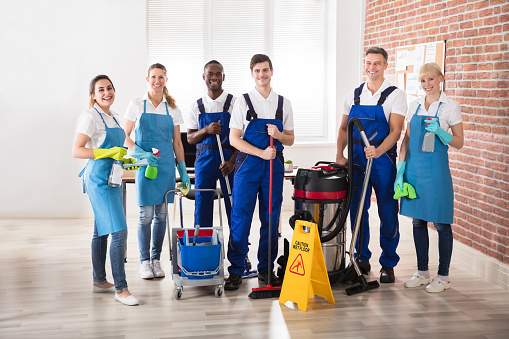Inside the field of real-estate valuation and property appraisal, the concept of practical obsolescence has a vital yet typically misunderstood function. As opposed to actual damage or financial obsolescence, which are much more straightforward, useful obsolescence describes a decrease in a property’s benefit on account of out of date design, characteristics, or format making it a lot less appealing or efficient for recent market place needs. This informative article delves into what functional obsolescence entails, its various kinds, and just how it influences real estate valuation.
What exactly is Efficient Obsolescence?
Useful obsolescence develops whenever a property’s layout or design functions are no longer considered optimum or attractive by current requirements. It can occur due to modifications in modern technology, life-style personal preferences, creating codes, or even demographic shifts. As opposed to actual physical damage (wear) or economical obsolescence (additional factors impacting worth), functional obsolescence is intrinsic to the residence by itself.
Kinds of Useful Obsolescence
Design and style Changes: Designs and tastes in structures progress over time. A house made with functions that were once fashionable could now appear to be out dated or unrealistic. For example, properties built-in the 1970s with closed-off the kitchen are much less appealing nowadays when open-plan layouts are favored.
Scientific Improvements: Fast breakthroughs in modern technology can quickly provide structures obsolete. Insufficient enough power shops, inadequate internet connectivity alternatives, or out of date HVAC systems can prevent possible buyers or tenants.
Building Code Upgrades: Changes in creating requirements and restrictions may require upgrades or alterations to older properties to conform to existing requirements. Malfunction to meet these needs can lead to diminished benefit on account of no-agreement.
Functional Layout Troubles: Inadequately laid-out flooring ideas, for example cumbersome area designs or inadequate storage area, is effective in reducing a property’s charm and functionality.
Environment Concerns: Improving knowledge of enviromentally friendly sustainability might make properties with high energy ingestion or inefficient efficiency less attractive and hence a lot less valuable.
Effect on Real-estate Valuation
Useful obsolescence directly impacts a property’s market price. Appraisers look at both the price to treat the obsolescence along with the outcome it provides around the property’s marketability and functionality. Qualities with substantial useful obsolescence could market for less than related attributes without such problems, even should they be physically in similar situation.
Illustrations in several Property Market sectors
Household: More mature homes with out of date kitchens and restrooms may struggle to compete with more recent, a lot more present day houses in the exact same neighborhood.
Commercial: Offices with ineffective styles or inferior vehicle parking might have decrease occupancy charges and rental income when compared with newer, nicely-made buildings.
Industrial: Manufacturing amenities with out of date devices or inefficient creation styles may need expensive enhancements to remain very competitive in the market.
Addressing Efficient Obsolescence
Home owners and brokers can street address practical obsolescence through numerous methods:
Renovation: Upgrading the house to meet present market place calls for and requirements.
Adaptation: Repurposing the house for any distinct use that better aligns with present industry requires.
Demolition and Reconstruction: In extraordinary instances, ripping down the present structure and creating anew could possibly be the most cost-effective solution.
Conclusion
Being familiar with efficient obsolescence is essential for real estate property professionals, investors, and property owners likewise. It is over and above physical condition and involves the intrinsic attributes that impact a property’s power and desirability on the market. By knowing the types and effects of efficient obsolescence, stakeholders will make educated judgements regarding investment, renovation, or redevelopment techniques to increase house benefit and marketplace attraction within an ever-altering real estate landscaping.


